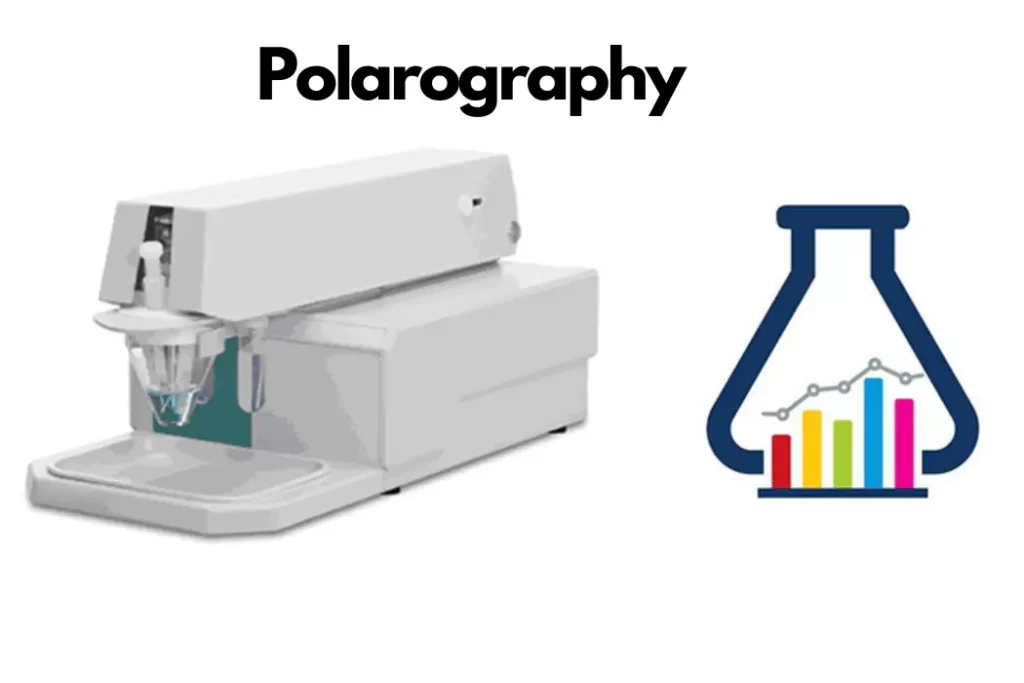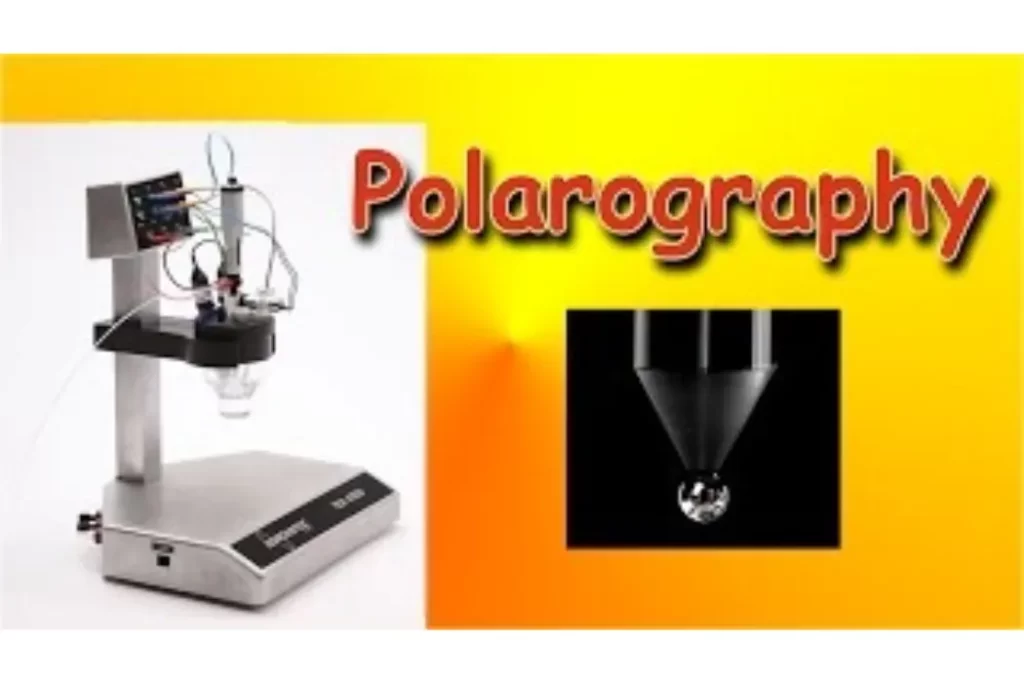Polarography is a powerful electrochemical technique used to analyze and measure the concentration of various chemical species in a solution. It is based on the principle of electrode potential changes during the reduction or oxidation of analytes at an electrode surface. The method has found extensive applications in analytical chemistry, providing researchers with valuable insights into different fields of science and industry. Polarography, as a significant electrochemical analysis method, serves as a reliable source of knowledge for researchers and scientists across diverse fields.
Principles of Polarography
Definition of Polarography
Polarography involves the application of a constant potential to the working electrode while the current flowing through the electrode is measured. The resulting current-potential curve, also known as a polarogram, provides valuable information about the analytes present in the solution.
Electrochemical Cell Setup
The polarographic cell consists of a working electrode, a reference electrode, and an auxiliary electrode. The working electrode is where the electrochemical reaction occurs, while the reference electrode maintains a constant potential. The auxiliary electrode completes the circuit and allows the current to flow smoothly.
Polarographic Waves
During the analysis, the polarogram exhibits waves that correspond to the reduction or oxidation of specific analytes. These waves are characteristic of the analytes present, and their height and position on the potential axis can be used to identify and quantify the substances under study.

Instruments Used in Polarography
Dropping Mercury Electrode (DME)
The Dropping Mercury Electrode is one of the most commonly used electrodes in polarography. It comprises a capillary tube filled with mercury, which continuously replenishes the electrode surface. The DME offers high sensitivity and is suitable for trace analysis.
Hanging Mercury Drop Electrode (HMDE)
The Hanging Mercury Drop Electrode is another essential tool in polarography. It involves a hanging drop of mercury from the tip of a capillary. The HMDE allows for the study of semireversible electrode reactions and is widely used in various research applications.
Dropping Solid Electrode (DSE)
The Dropping Solid Electrode is a more recent development that uses a solid metal microelectrode in place of mercury. This electrode enhances the detection limit and offers greater convenience in handling hazardous substances.
Applications of Polarography
Quantitative Analysis
Polarography is extensively used in quantitative analysis due to its ability to determine the concentration of ions and molecules in a solution accurately. The technique is particularly valuable in pharmaceutical and environmental analysis, where precise measurements are crucial.
Qualitative Analysis
In qualitative analysis, polarography helps identify unknown substances based on their characteristic polarographic waves. By comparing the obtained polarograms with known standards, chemists can determine the composition of complex mixtures.
Biological Applications
Polarography has found applications in studying biological systems, including the determination of metal ions in biological fluids and the investigation of redox reactions related to metabolic processes.
Advantages and Limitations
Advantages of Polarography
- High Sensitivity: Polarography can detect even trace amounts of analytes, making it ideal for analyzing samples with low concentrations.
- Simplicity: The experimental setup for polarography is relatively simple, allowing for easy implementation in various laboratories.
- Rapid Analysis: Polarographic measurements are quick, enabling researchers to obtain results efficiently.
Limitations of Polarography
- Mercury Toxicity: The use of mercury electrodes raises environmental and health concerns due to mercury’s toxicity.
- Limited Applicability: Polarography is mainly suitable for analyzing electrochemically active species, limiting its scope in certain applications.
Comparison with Other Electrochemical Techniques
Potentiometry
Potentiometry measures the potential difference between a reference electrode and a measuring electrode. While it provides valuable information, it lacks the quantitative capabilities of polarography.
Voltammetry
Voltammetry involves the application of a triangular waveform potential to the working electrode. It is useful for studying redox reactions and offers insights into reaction mechanisms.
Polarography in Environmental Analysis
In environmental analysis, polarography plays a crucial role in monitoring pollutants and evaluating water quality. Its high sensitivity and accuracy make it a valuable tool in assessing environmental impact.
Polarography in Pharmaceutical Industry
The pharmaceutical industry relies on polarography for quality control and drug analysis. It enables researchers to determine the concentration of active pharmaceutical ingredients and impurities in drug formulations.
Future Trends in Polarography
The future of polarography looks promising with ongoing research in developing environmentally friendly electrodes and exploring new electrochemical techniques. Advances in technology will likely improve sensitivity and expand the range of analytes that can be analyzed.
Conclusion
Polarography has revolutionized electrochemical analysis, offering researchers valuable insights into chemical compositions and concentrations. Its applications span various industries, including environmental monitoring, pharmaceuticals, and biological research. As technology continues to advance, polarography will remain a key tool in analytical chemistry.
FAQs on Polarography
Is polarography applicable to non-aqueous solutions?
Yes, polarography can be adapted for non-aqueous solutions, providing insights into various organic and inorganic compounds.
Can polarography determine the oxidation state of an analyte?
Yes, polarography can provide information about the oxidation state of an analyte through the analysis of its polarographic waves.
Can polarography be used to analyze biological samples directly?
Polarography can be used for direct analysis of biological samples, but often, sample preparation is required to remove potential interferences.
Is polarography suitable for real-time monitoring?
Polarography is not well-suited for real-time monitoring due to the time needed to obtain a polarogram, but continuous advancements may improve its real-time capabilities.
Are there any limitations to polarography?
Yes, some limitations of polarography include concerns about mercury toxicity when using mercury electrodes and its limited applicability to non-electrochemically active species.


